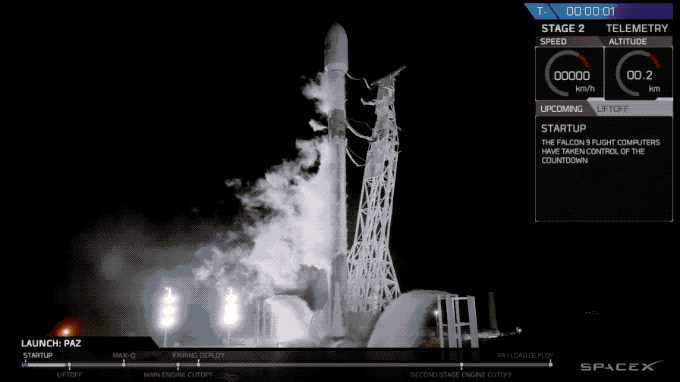
The launch was primarily designed to bring the PAZ satellite to orbit (which was deployed as planned into a low Earth, sun-synchronous polar orbit), a satellite for a Spanish customer that’s designed to provide geocommunications and radar imaging for both government and private commercial customers. This launch had a secondary purpose, however, and one that might ultimately be more important to SpaceX’s long-term goals.
SpaceX packed two demonstration micro satellites for its planned internet broadband service (which Elon Musk confided via tweet it will call ‘Starlink’). These will perform tests required before it’s certified to operate the service, which it hopes to use to generate revenue by signing up subscribers to its internet service, which will hopefully be globe-spanning once complete.
Today’s Falcon launch carries 2 SpaceX test satellites for global broadband. If successful, Starlink constellation will serve least served.
— Elon Musk (@elonmusk) 21 Şubat 2018
We’ll update this post when we find out more about that aspect of today’s launch.
SpaceX did not attempt to recover the first stage booster used during today’s launch, which was a flight proven Falcon 9 first stage used during a mission last August.
source:TechCrunch


Post a Comment